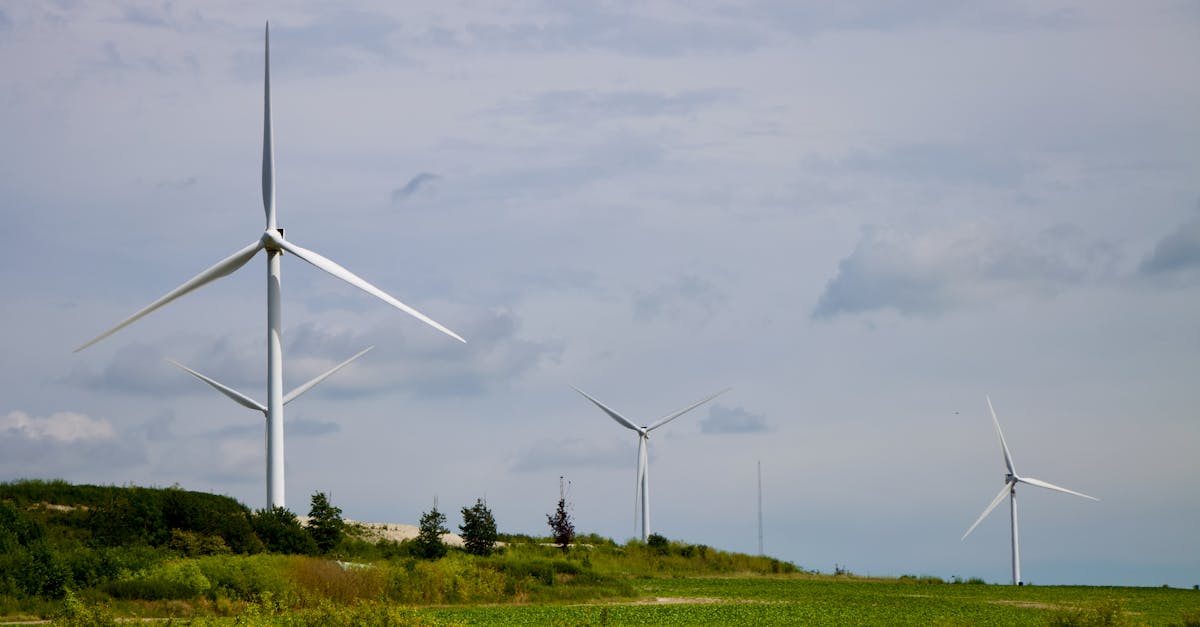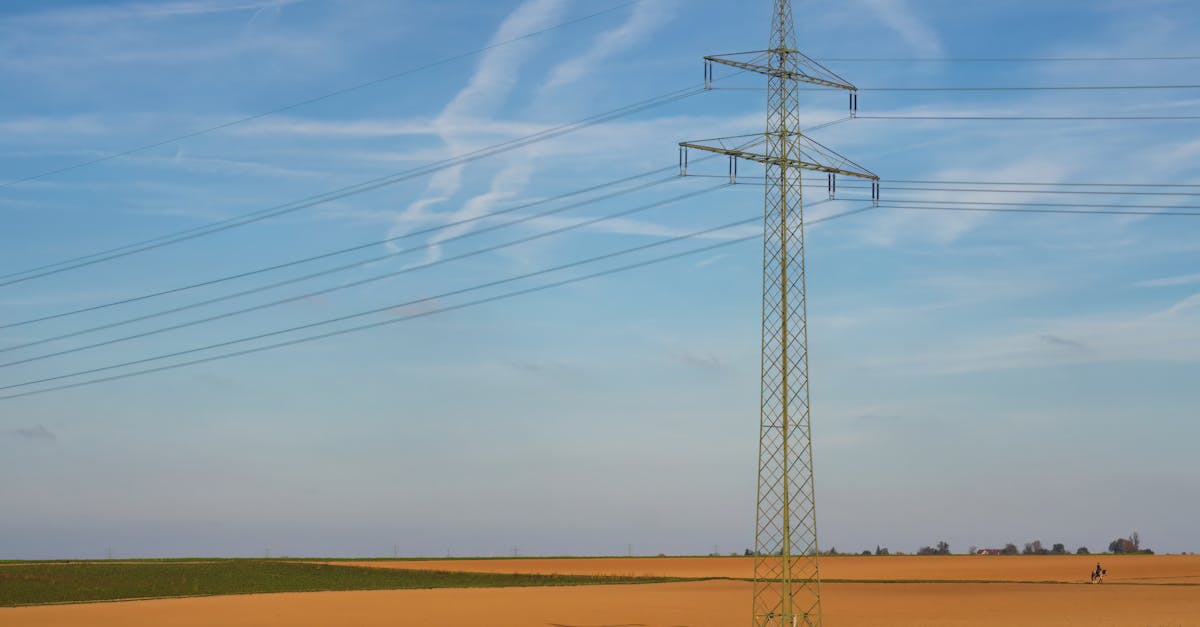Renewable Energy Milestone Solar and Wind Power Triumph
Introduction
In a monumental leap for sustainable energy, recent advancements have made solar and wind power cheaper than fossil fuels, marking a renewable energy milestone. This shift reflects the culmination of decades-long innovations, research, and development in the renewable sector. Led by rapidly declining costs for technology and installation, coupled with increased environmental awareness, solar and wind power stand poised to revolutionize the global energy landscape. As more nations prioritize sustainability, this breakthrough in cost-effective clean energy strengthens commitments to reduce carbon footprints. Moreover, the transition paves the way for energy independence, job creation, and equitable access to power. Understanding these dynamics underscores the pivotal role of solar and wind energy in combating climate change.
Advertisement
Shifting Economics of Energy
The financial dynamics surrounding energy production have shifted dramatically, with renewable energy now more cost-competitive. As advancements in technology reduced production and installation costs, solar and wind energy overtook fossil fuels like coal and natural gas in economic feasibility. Investments in research, innovations in energy storage, and improvements in photovoltaic cell efficiency have played essential roles. Meanwhile, economies of scale contributed significantly, as widespread adoption lowered overall costs. This affordability draws in investors eager to capitalize on the long-term potential of clean energy, further driving growth. Nations worldwide recognize the importance of harnessing these sustainable resources, signifying a paradigm shift in global energy strategies.
Advertisement
Technological Innovations Power Growth
Solar and wind technologies have benefited from a cascade of technological breakthroughs, propelling them ahead of traditional energy sources. Solar panels have become more efficient at converting sunlight into electricity, with some reaching conversion rates close to 25%. Additionally, innovations in wind turbine design and deployment strategies have enhanced energy capture and reduced land use. Advances in energy storage solutions, such as lithium-ion and flow batteries, ensure reliable energy supply even when the sun sets or wind dies down. Furthermore, AI integration and predictive analytics optimize system performance, allowing for increased efficiency and output. Collectively, these innovations serve as a bedrock for a sustainable energy future.
Advertisement
Diverse and Global Adoption
The global embrace of solar and wind power has seen impressive growth, with countries across continents investing heavily in these resources. China leads the charge, deploying massive solar farms and wind projects to supplement its energy matrix. European countries like Germany and Spain have spearheaded solar initiatives, reaping tremendous environmental and economic benefits. In the United States, renewable energy projects are flourishing from sunny California to the blustery Midwest. Developing nations have also joined the bandwagon, harnessing the potential of clean energy to boost their economies and improve quality of life. As accessibility and cooperation in clean technology spread, a unified global effort emerges in the fight against climate change.
Advertisement
Environmental Impact and Benefits
The surge in renewable energy adoption brings substantial environmental benefits, leading to reduced dependency on fossil fuels. By displacing carbon-emitting sources, solar and wind power contribute significantly to decreasing greenhouse gas emissions, which are major contributors to climate change. The environmental footprint of renewable energy projects is considerably smaller compared to coal and gas extraction, with no air or water pollution. Additionally, wind and solar installations often coexist with agriculture and other activities, preserving land use diversity. Empowering communities with renewable resources also enhances resilience against environmental challenges, fostering sustainable practices and healthier ecosystems.
Advertisement
Economic and Employment Opportunities
The growth of the renewable energy sector stimulates economic prosperity and generates employment opportunities on a massive scale. As countries expand solar and wind infrastructure, job openings in engineering, manufacturing, installation, maintenance, and research spill over into local communities. This energy transition encourages entrepreneurship and innovation, birthing new businesses and technologies. Moreover, decentralized energy systems empower small scale producers and cooperatives, fueling local economies. International collaborations drive investments that pave the way for economic diversification, transforming nations into hubs of clean energy production. Transitioning to renewable power not only addresses urgent climate concerns but secures a robust economic future for generations to come.
Advertisement
Policy and Regulatory Action
Governments play a crucial role in facilitating the shift to renewable energy by implementing favorable policies and regulatory frameworks. Subsidies, tax breaks, and incentives for clean energy projects bolster investment in solar and wind technologies. Stringent regulations on carbon emissions further incentivize the shift away from fossil fuel dependency. International accords, such as the Paris Agreement, unify global efforts promoting sustainable energy solutions. These strategies optimize market conditions, encourage public-private partnerships, and expedite grid integration for renewables. By leveraging policy instruments effectively, nations can drive rapid and transformative development in the energy sector, advancing clean energy goals.
Advertisement
Social and Communal Impact
The widespread adoption of solar and wind energy fosters significant social and community-centered benefits. Renewables empower communities, especially in remote or underserved areas possessing abundant natural resources but lacking infrastructure. Access to reliable energy can dramatically enhance educational and healthcare services, uplifting entire regions. Moreover, initiatives led by community cooperatives allow citizens to participate directly in clean energy generation, promoting inclusivity and self-reliance. Renewable energy also transcends borders, instilling a sense of shared responsibility and collaboration in addressing global environmental challenges. As solar and wind power underpin economic and social growth, communities are positioned for more resilient and equitable futures.
Advertisement
Challenges and Future Directions
Despite the accomplishments, the renewable energy sector faces hurdles that must be addressed to unleash its full potential. Intermittency issues, while improved, continue to challenge seamless integration with existing grids. Investment in innovative energy storage and smart grid technology is crucial for overcoming reliability concerns. Furthermore, scaling infrastructure requires substantial resources and collaboration between governments and industries worldwide. Navigating land use conflicts and ensuring harmonious coexistence with natural habitats demand careful planning. Future directions will likely involve focusing on sustainable practices, comprehensive education initiatives, and enhanced international cooperation. Pioneering such efforts will ensure solar and wind energy remain at the forefront of the energy revolution.
Advertisement
Conclusion
The milestone of solar and wind power surpassing fossil fuels in cost-effectiveness heralds a new era for global energy. This dynamic shift is driven by substantial technological advances, strategic regulatory support, and collective resolve against climate change. The economic, environmental, and social benefits continue to rally support for sustainable solutions worldwide. While challenges remain, the foundations laid today promise a future where clean, accessible energy powers economies and uplifts communities. As solar and wind energy shine brighter on the world stage, they symbolize both innovation and hope in the quest for a greener tomorrow.
Advertisement



